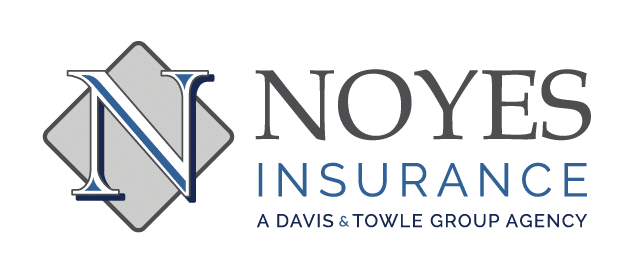A landlord's guide to preparing for winter the right way
Handling Winter Weather Liabilities
The winter months bring more than just cold weather and shorter days; they bring winter storms. Winter storms bring snow, ice and slush which bring slips, falls and a throng of other hazards with the potential to create costly liability issues for landlords and property managers.
If you manage a property – commercial or residential – you’re responsible for properly preparing for winter and its many side effects.
In legal terms, snow and ice are the same as any other hazard on your rental property. Just like any other hazard, property managers can be held liable for injuries caused by those hazards. To avoid litigation, it is important to be vigilant about preparing for winter.

1. Hazards: Recognize & Prevent
The first step to preparing for winter as the owner of a rental property is to inspect the physical property. Grab a pen and piece of paper and walk around the lot making note of cracks or loose material that need attention. Make sure eaves are properly installed. Clear downspouts to prevent backup and aim them away from walkways.
The land around walkways should be evaluated for slopes and runoffs. If snow or ice melts in the heat of the day, we don’t want it pooling into high-traffic areas. Once frozen, those pools can create a treacherous route for tenants.
If downspouts direct water onto walkways, snow that melts in the heat of the day has the potential to freeze and create a hazard with cooler nighttime temperatures.
Slips and falls are by far the most common injury associated with winter weather conditions. These injuries also make up a large portion of liability claims against property owners. Diligent snow and ice removal can go far in keeping walkways and parking lots safe. Snow should be removed quickly after snowfalls and salt should be spread regularly.
As we all know, winter hazards aren’t always by your feet. Look up above walkways and building entrances and plan to clear these areas on an ongoing basis throughout winter. Icicles and accumulations of heavy snow can cause serious injury if they fall on those below. If removing these hazards becomes an issue, consider rerouting foot traffic through another safer area of the property.
2. Tenants: Define or Transfer Responsibilities
For smaller residential rentals, the responsibility for snow and ice removal is commonly accepted by the tenant. Nevertheless, make sure responsibility is clearly established in the lease. Include a provision naming the tenants as responsible for any snow and ice removal. You’ll want to define what areas they are accountable for – both public and private.
Clarify how long the tenant has to clear those areas after the snowfall. Look into the local municipal laws that apply to snow removal to help define what you will require of your tenant. It is important to be as specific as possible to avoid any unnecessary liability or disputes after heavy storms.
Preparing for winter includes preparing your tenants for winter so make sure they have the necessary supplies to meet the expectations set in the lease.
3. Contracting Snow Removal
Based on the size and number of properties you manage, you may be inclined to contract out snow removal to an independent company. This can save you the time and costs associated with managing snow removal yourself, as long as you choose wisely to avoid complicating matters.
To begin with, make sure the contractor has sufficient resources to meet your demands. It’s important that they can be onsite after, or even during, a snowfall to make sure walkways and parking areas are cleared. It’s also important that they have the equipment and manpower to finish the task quickly to reduce disruption to tenants’ lives or businesses.
Second, make sure the company you hire carries the proper insurance that covers both its operations and its employees. The last thing you want is to end up being liable for a worker’s injury when liability for injury is the very thing you were trying to avoid. Ask for proof of insurance and make sure you have that in hand before any work is contracted out.
Also, much like the lease agreement with a residential tenant, it is important to specify the conditions and time constraints for removal in writing. When contracting any type of service, it is essential to have a written contract that will guarantee you receive the services you pay for. Keep in mind that at the end of the day, hiring a removal service does not absolve you of liability. If the company you hire provides poor service or simply does not show up at all, you are still the party responsible for any injury or damage resulting from a winter hazard.
The takeaway regarding preparing for winter snow removal? Make sure to pick a reputable company that you can trust to do a good job. Always have a plan of action for removal if they are unable to complete the work as quickly or effectively as you require.
For rental property owners, sound liability protection is critical.
For additional questions about your risks and exposures, or on appropriate coverages to protect you from liability or costly disputes, contact Noyes Insurance today.
Disclaimer: This article is provided for informational purposes only. The information provided herein is not intended to be exhaustive, not should it be construed as advice regarding coverage. Eligibility for coverage is not guaranteed and all coverages are limited to the terms and conditions contained in the applicable policy. 2017, Davis & Towle This Risk Insights is not intended to be exhaustive nor should any discussion or opinions be construed as legal advice. Readers should contact legal counsel or an insurance professional for appropriate advice. © 2011 Zywave, Inc. All rights reserved.


